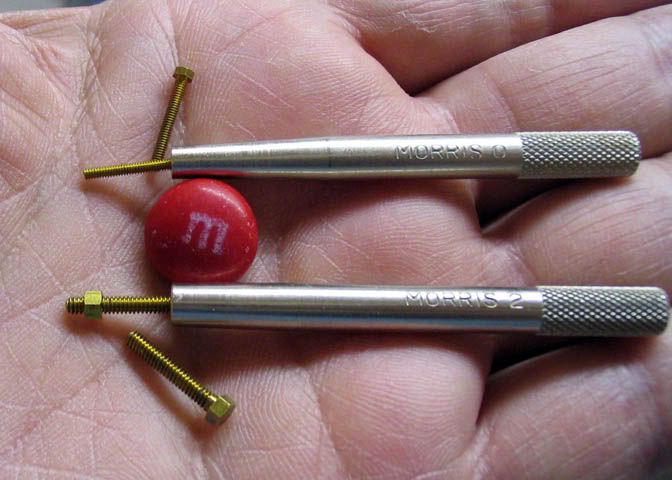Oh HEAR HEAR HEAR HEAR HEAR!!!! cut from the stock only at the last possible moment, even if the 'parent stock' is just an over length (for the part) piece of material cut from the 'grandparent stock'. The other thing, Zee, is in regard to your collet size woes - even if the trunk diameter had been spec'ed at the 0.44" od, turning it down to fit the nearest available collet (in your case 0.4375") is just plain common sense, and becomes almost automatic after a while.
That said, these off-size specs are a really annoying facet of the modern form of our art, fuelled by the 'automatic' dimensioning of parts in CAD drawings, and the seeming inability of a lot of plan makers to reset the parameters from the (default?) two decimal place resolution to 3 or even 4 decimal places. When. f'rinstance, I'm looking at a plan that calls for a diameter (or length) to be 3/8" then I want to see 0.375 written there, not .38" as is becoming more and more prevalent. PLAN MAKERS PLEASE NOTE!!!!





